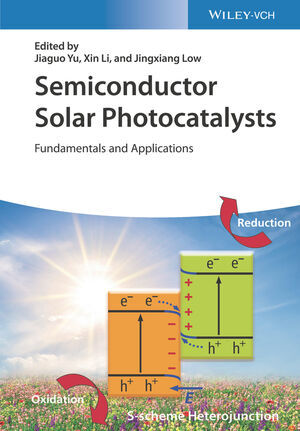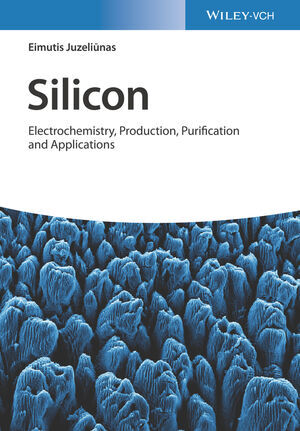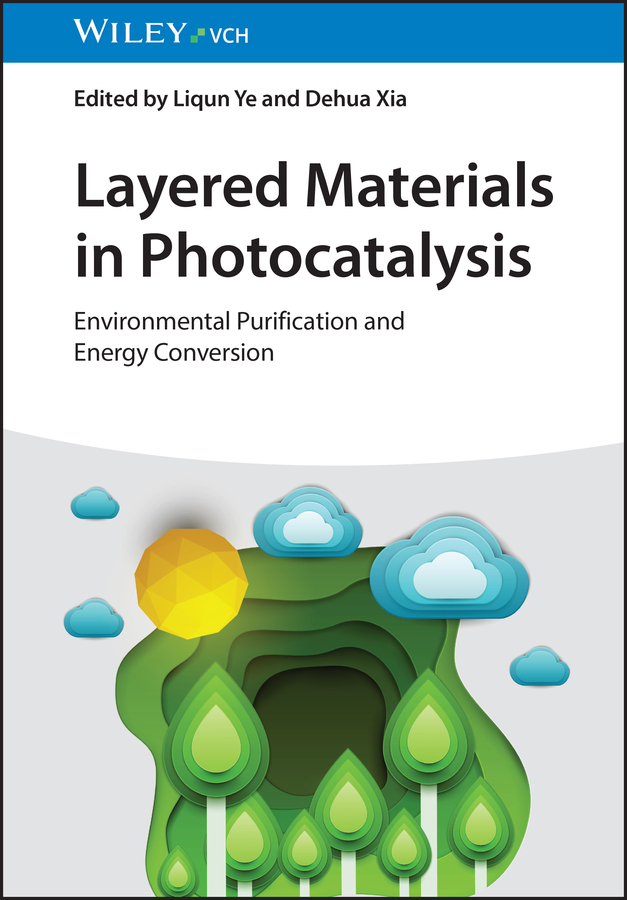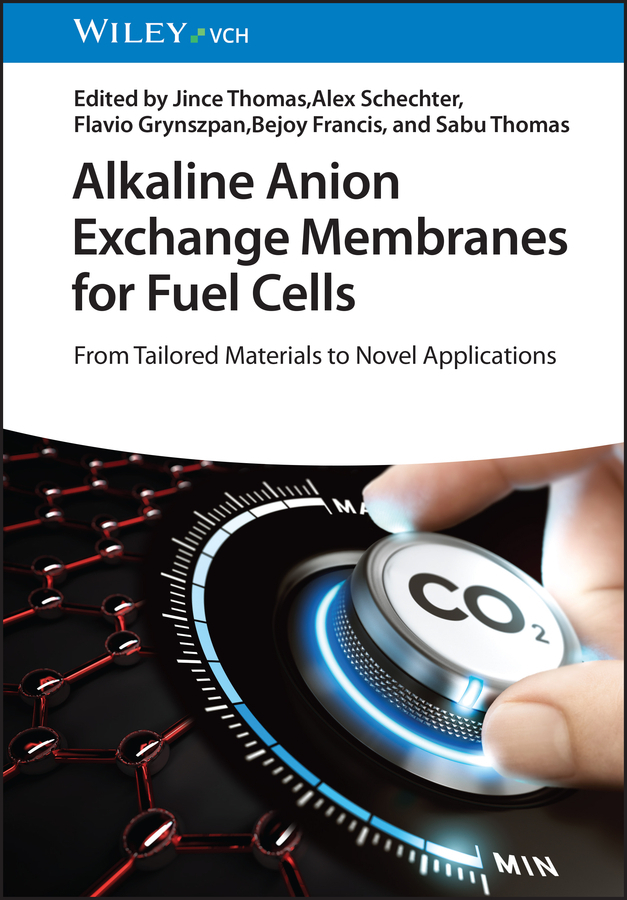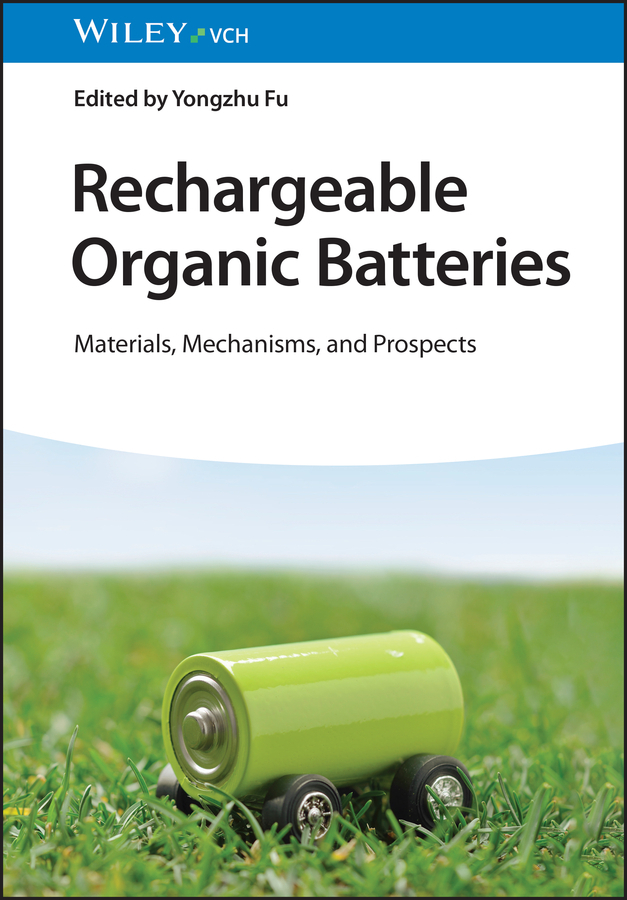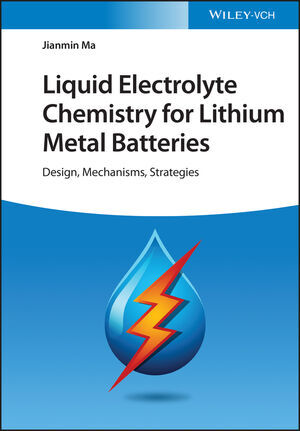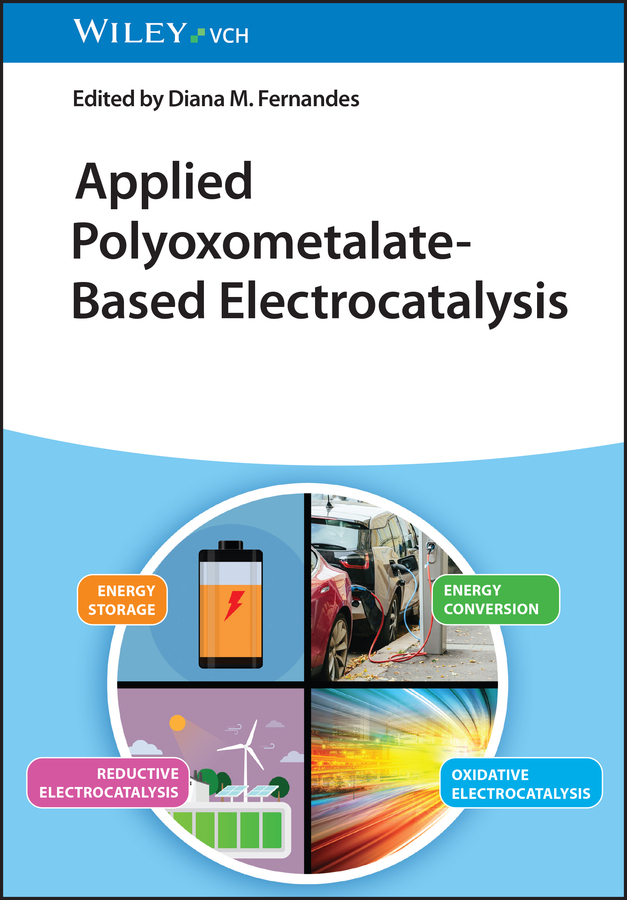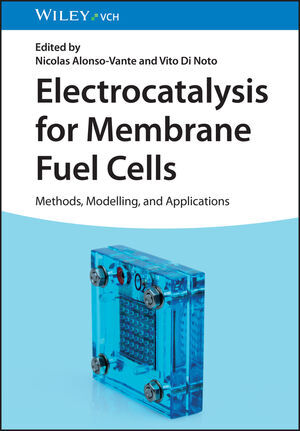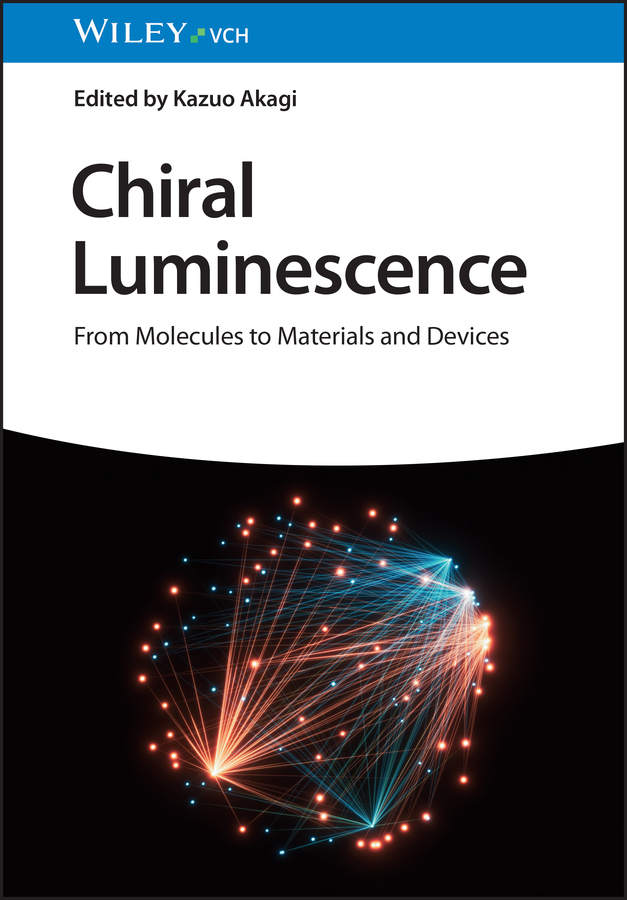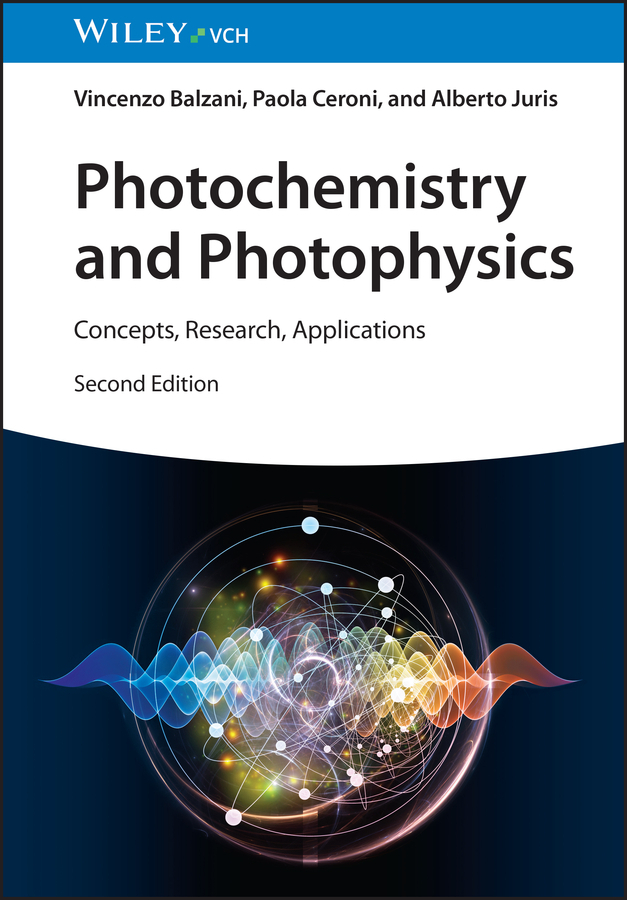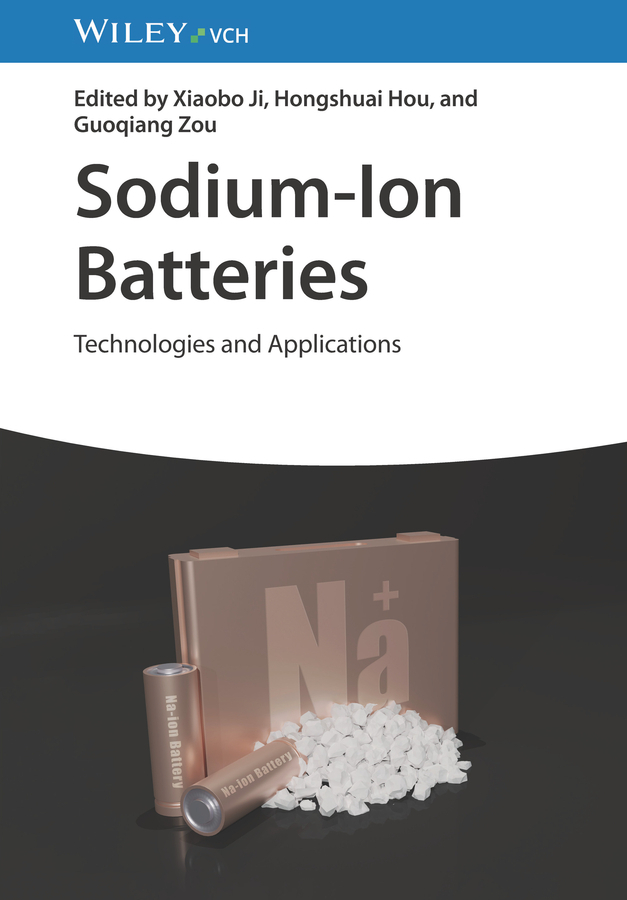Semiconductor Solar Photocatalysts
Fundamentals and Applications
Semiconductor Solar Photocatalysts
Fundamentals and Applications
Summarizes the fundamentals and significant advances of semiconductor-based photocatalysts for solar energy conversion.
Chapter 1: The fundamentals of solar energy photocatalysis
Chapter 1: The fundamentals of solar energy photocatalysis
1.1 Background
1.2 History of solar energy photocatalysis
1.3 Fundamental principles of solar energy photocatalysis
1.3.1 Basic mechanisms for solar energy photocatalysis
1.3.2 Thermodynamic requirements for solar energy photocatalysis
1.3.3 Dynamics requirements for solar energy photocatalysis
1.4 Design, development and modification of semiconductor photocatalysts
1.4.1 Design principles of semiconductor photocatalysts
1.4.2 Classification of semiconductor photocatalysts
1.4.3 Modification strategies of semiconductor photocatalysts
1.4.4 Development approaches of novel semiconductor photocatalysts
1.5 Processes and evaluation of solar energy photocatalysis
1.5.1 Processes of solar energy photocatalysis
1.5.1.1 photocatalytic water splitting
1.5.1.2 photocatalytic CO2 reduction
1.5.1.3 photocatalytic degradation
1.5.2 Evaluation of solar energy photocatalysis
1.6 The scope of this book
Chapter 2: Heterojunction systems for photocatalysis
2.1 Introduction
2.2 Classification of heterojunction photocatalysts
2.2.1 Type-II heterojunction photocatalysts
2.2.2 p-n junction photocatalysts
2.2.3 Surface junction photocatalysts
2.2.4 Direct Z-scheme photocatalysts
2.2.5 S-scheme photocatalysts
2.3 Evaluation of the heterojunction photocatalysts
2.3.1 Band structure
2.3.1.1 Light absorption ability
2.3.1.2 Reduction and oxidation ability
2.3.1.3 Identification of major charge carriers
2.3.2 Charge carrier separation efficiency
2.3.2.1 Electrochemical test
2.3.2.2 Optical spectroscopy
2.3.3 Charge carrier migration mechanism
2.3.3.1 Metal loading
2.3.3.2 Reactive oxygen species trapping
2.3.3.3 In situ irradiated XPS
2.4 Applications
2.4.1 Photocatalytic water splitting
2.4.2 Photocatalytic CO2 reduction
2.4.3 Photocatalytic N2 fixation
2.4.4 Photocatalytic environmental remediation
2.4.5 Photocatalytic disinfection
2.5 Summary and Future Perspective
Chapter 3: Graphene-based photocatalysts
3.1 Introduction
3.2 Graphene and its derivatives
3.2.1 Graphene oxide
3.2.2 Reduced graphene oxide
3.2.3 Graphene quantum dot
3.3 General preparation techniques of graphene in photocatalysis
3.3.1 Chemical exfoliation
3.3.2 Chemical vapor deposition
3.4 General advantages of graphene
3.4.1 Conductor behavior
3.4.2 Photothermal effect
3.4.3 Large specific surface area
3.4.4 Enhancing photostability
3.4.5 Improving nanoparticle dispersion
3.5 Characterization methods
3.5.1 Transmission electron microscopy
3.5.2 Atomic force microscopy
3.5.3 Raman spectroscopy
3.5.4 X-ray photoelectron spectroscopy
3.6 Recent development in graphene-based photocatalysts
3.6.1 Metal oxide
3.6.2 Metal sulfide
3.6.3 Non-metal semiconductor
3.6.4 Metal-organic framework
3.7 Summary and concluding remarks
Chapter 4: Metal sulfide semiconductor photocatalysts
4.1 Introduction
4.2 General view of metal sulfide photocatalysts
4.3 Synthesis of metal sulfide photocatalysts
4.3.1 Solution-based method
4.3.1.1 Hydrothermal method
4.3.1.2 Solvothermal method
4.3.2 Chemical bath deposition
4.3.3 Template method
4.3.4 Ion exchange method
4.3.5 Other synthetic methods
4.4 CdS-based photocatalysts
4.4.1 Crystal structures and morphology
4.4.1.1 Zero-dimensional structure
4.4.1.2 One-dimensional structure
4.4.1.3 Two-dimensional structure
4.4.1.4 Three-dimensional structure
4.4.2 Construction of CdS-based nanocomposite photocatalysts
4.4.2.1 CdS cocatalyst heterojunctions
4.4.2.2 CdS-based type II heterojunctions
4.4.2.3 CdS-based Z-scheme heterojunctions
4.4.2.4 CdS-based S-scheme heterojunctions
4.5 In2S3-based photocatalysts
4.5.1 Crystal structure and electronic properties
4.5.2 Morphology of In2S3 photocatalyst<
Yu, Jiaguo
Li, Xin
Low, Jingxiang
| ISBN | 9783527349593 |
|---|---|
| Artikelnummer | 9783527349593 |
| Medientyp | Buch |
| Auflage | 1. Auflage |
| Copyrightjahr | 2021 |
| Verlag | Wiley-VCH |
| Umfang | 512 Seiten |
| Abbildungen | 100 SW-Abb., 280 Farbabb. |
| Sprache | Englisch |

